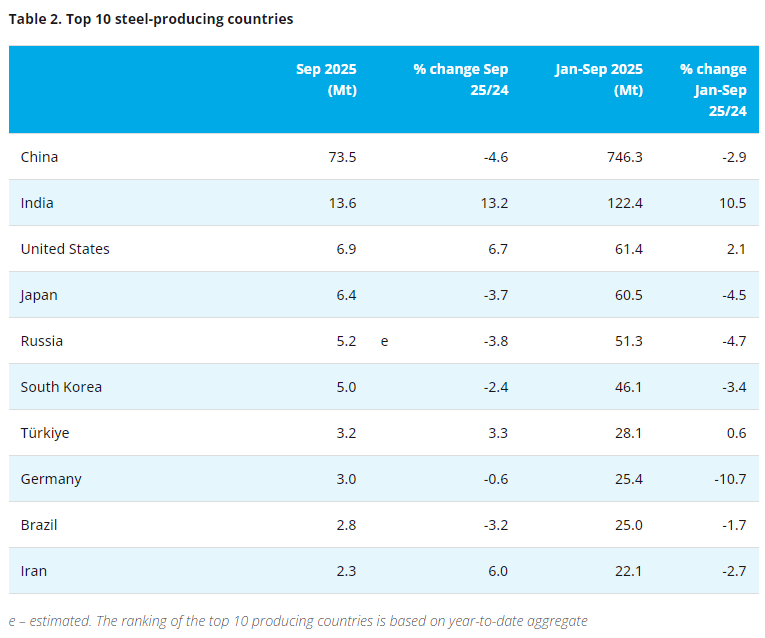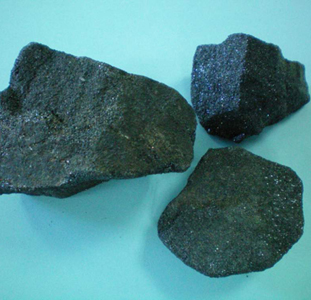The fall of spot iron ore prices last week below USD 120 a tonne is testing the resilience of what is widely believed to be the floor price for the nation's most important export commodity.
Where the price eventually settles will be a test of both the strength of the Chinese economy and the assumptions Australian producers have made about competing supplies. It will also have implications for the budget.
The iron ore price hit USD 117 a tonne last Thursday, matching the low-point reached in October last year as concerns about the Chinese economy first hit.
Chinese authorities had been battling inflation by imposing restrictions on housing investment and limiting bank lending. The resulting downturn in the property market last year came at the same time as stimulus spending on infrastructure was being wound back.
It was the first time that the downside of the iron ore price had been tested since the system of long-term contracts was abandoned in 2010. However, traders who sold into the downturn were caught short, and the price rocketed back almost 25% to USD 145 a tonne as they covered their positions.
Could the same happen again? ANZ commodity analyst Mark Pervan notes that China's official manufacturing index is due out on Wednesday. The purchasing managers index, released by HSBC last week, showed the best manufacturing performance this year. If confirmed, the money could come rolling back into the iron ore market. But the underlying Chinese steel market looks weaker now than it did a year ago. Steel production has held up in China, with the 60.2 million tonnes produced in June one of the highest monthly tallies on record.
However, exports are soaring, as domestic Chinese demand softens. In the past six months, exports have risen 50% to about five million tonnes a month, Pervan says, with those exports not far short of the entire production of the US.
The steel mills have strong incentives to keep producing at full capacity, as their fixed costs are high and they are operating on tiny profit margins. But unsold steel stocks are rising rapidly, depressing prices. China's price for "rebar", used in construction, has dropped from CNY 4350 (USD 660) a tonne to about CNY 3650 since April. Like the steel mills, the iron ore mines are also still going at full tilt, but stocks are building at Chinese ports, and are now close to full capacity of about 100 million tonnes. There have been reports of mills concluding distressed sales of stocks purchased at high prices.
The idea that there is a floor price for iron ore of USD 120 a tonne is based on the fact that the most expensive 150 million tonnes of Chinese production have operating costs at that level or more. It would have to be a much more serious recession in China than anyone is presently contemplating for China's iron ore demand to fall by that much.
However, commodity markets routinely overshoot in both directions, so the iron ore price could fall to a point that made Chinese iron ore mines deeply unprofitable and remain there for some time before the mine owners decided no recovery was in prospect and closed operations.
Hopes that the price floor will hold are based partly on hopes that the Chinese government will lift its spending on social housing and infrastructure sufficiently to offset the fall in private demand.
Although the authorities are keen to avoid the excesses of the 2008-09 stimulus package, they have flagged they will use spending to support the economy.(Source: Steelguru)
Copyright © 2013 Ferro-Alloys.Com. All Rights Reserved. Without permission, any unit and individual shall not copy or reprint!
- [Editor:editor]



 Save
Save Print
Print Daily News
Daily News Research
Research Magazine
Magazine Company Database
Company Database Customized Database
Customized Database Conferences
Conferences Advertisement
Advertisement Trade
Trade
















Tell Us What You Think